Early Years Learning Framework (EYLF): Mathematics for 4-5 Year Olds
VerifiedAdded on 2022/09/08
|15
|1123
|17
Project
AI Summary
This project delves into the application of the Early Years Learning Framework (EYLF) to mathematics education for children aged 4 to 5 years. The core focus is on teaching counting and number recognition through play-based activities, which aligns with the EYLF's emphasis on child-centered learning. The project explores how play, using blocks, abacuses, and other engaging materials, fosters mathematical understanding and skills. It emphasizes the importance of creating stimulating learning environments and incorporating everyday objects to reinforce mathematical concepts. The project also examines the role of teachers in encouraging mathematical thinking, providing examples of activities, and promoting the development of social, emotional, and physical skills through play. References to key educational theorists and research support the strategies for promoting mathematical learning in early childhood settings. The project concludes by highlighting the significance of teacher evaluation and the implementation of effective strategies to enhance children's mathematical abilities. This project aims to provide a comprehensive understanding of how to effectively teach mathematics in the early years using play based activities.
1 out of 15
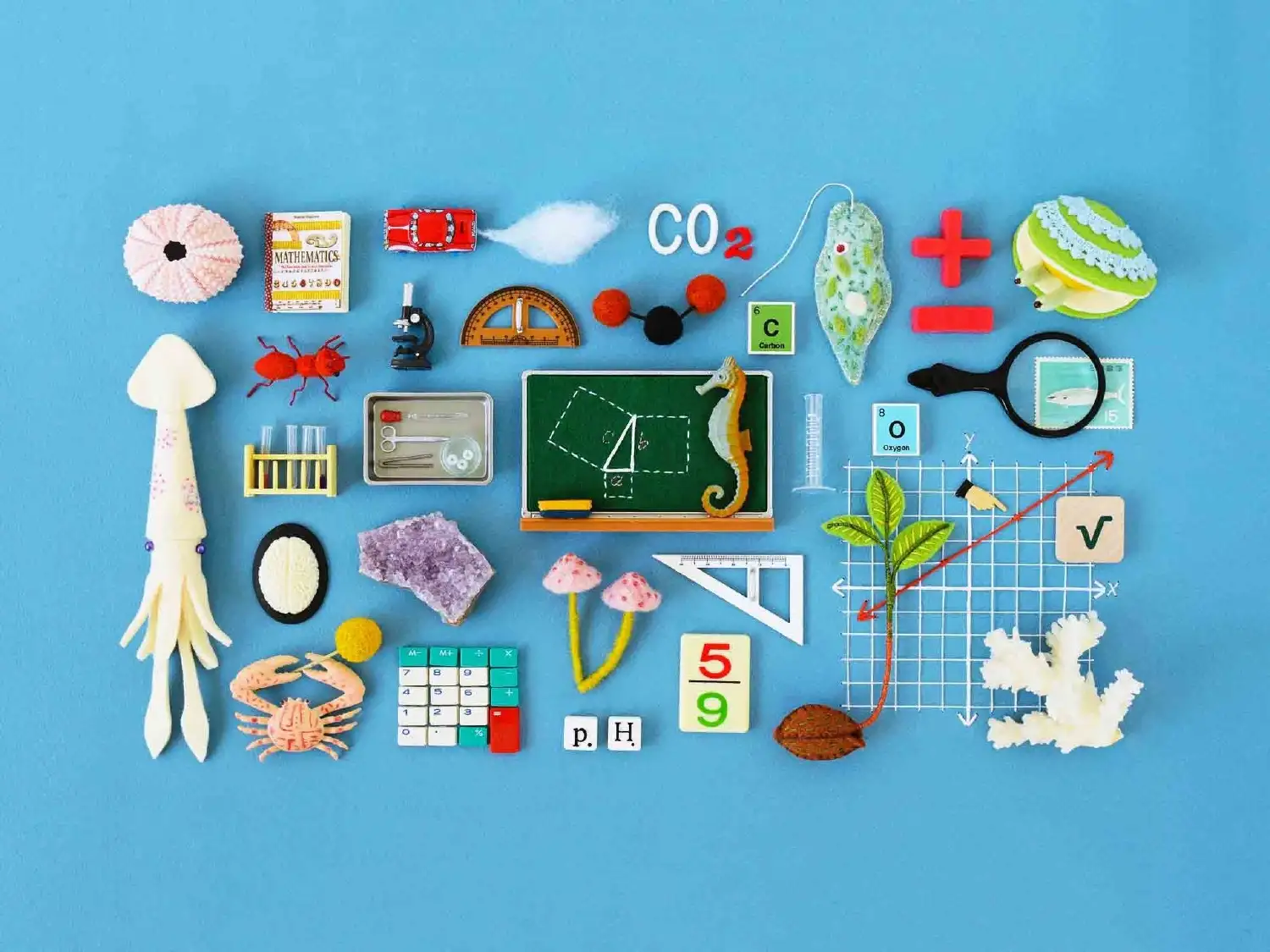
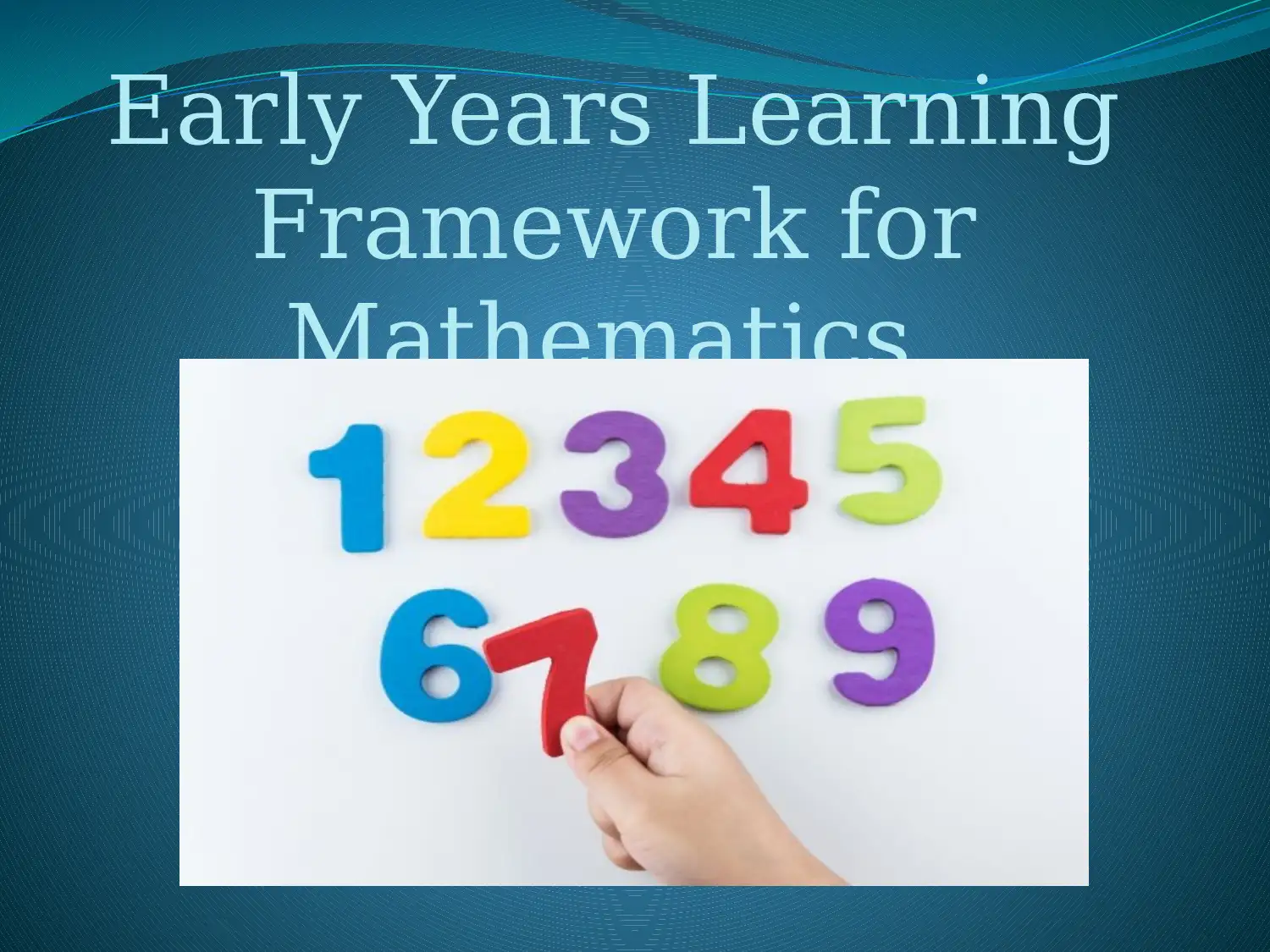
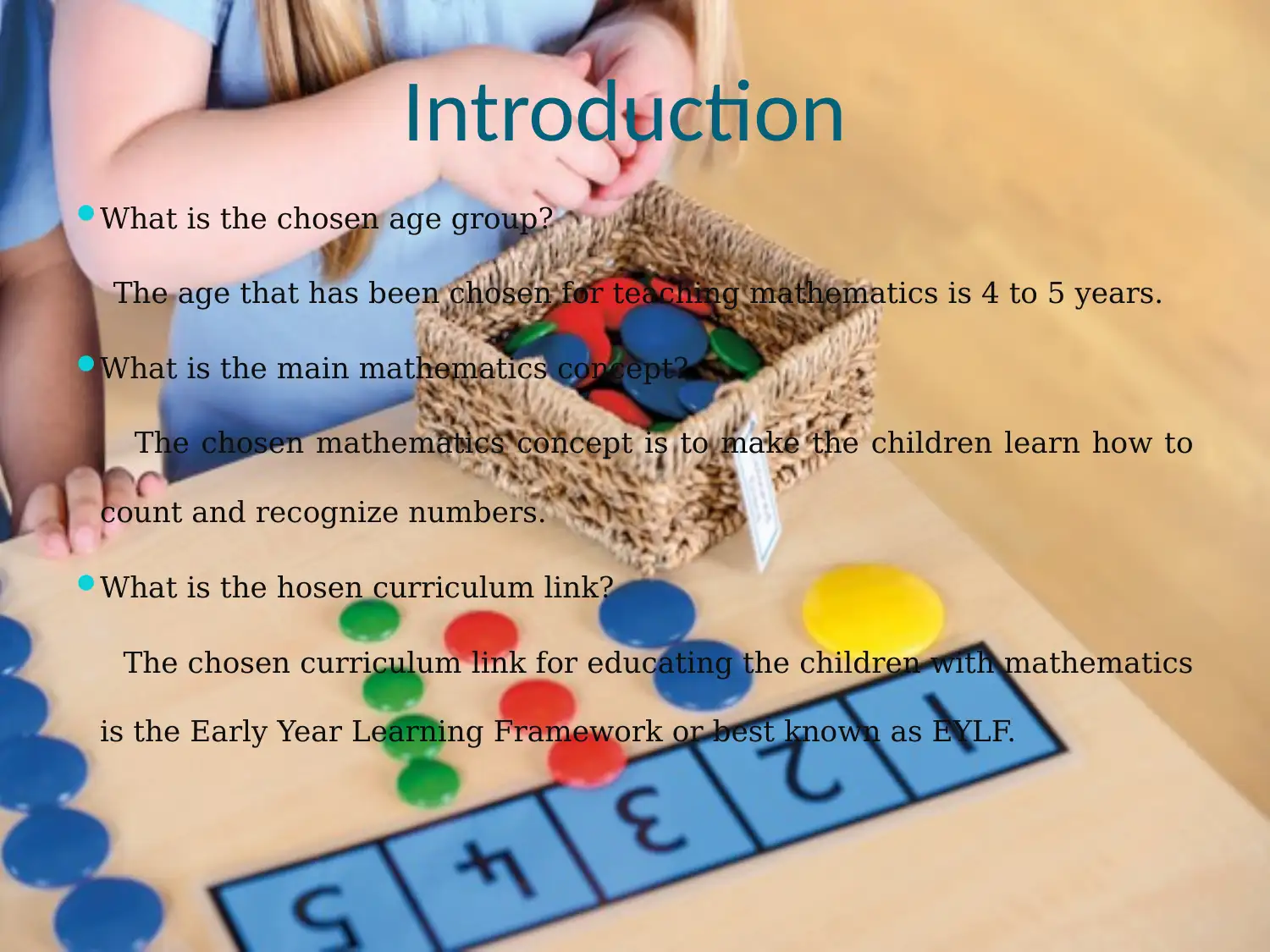

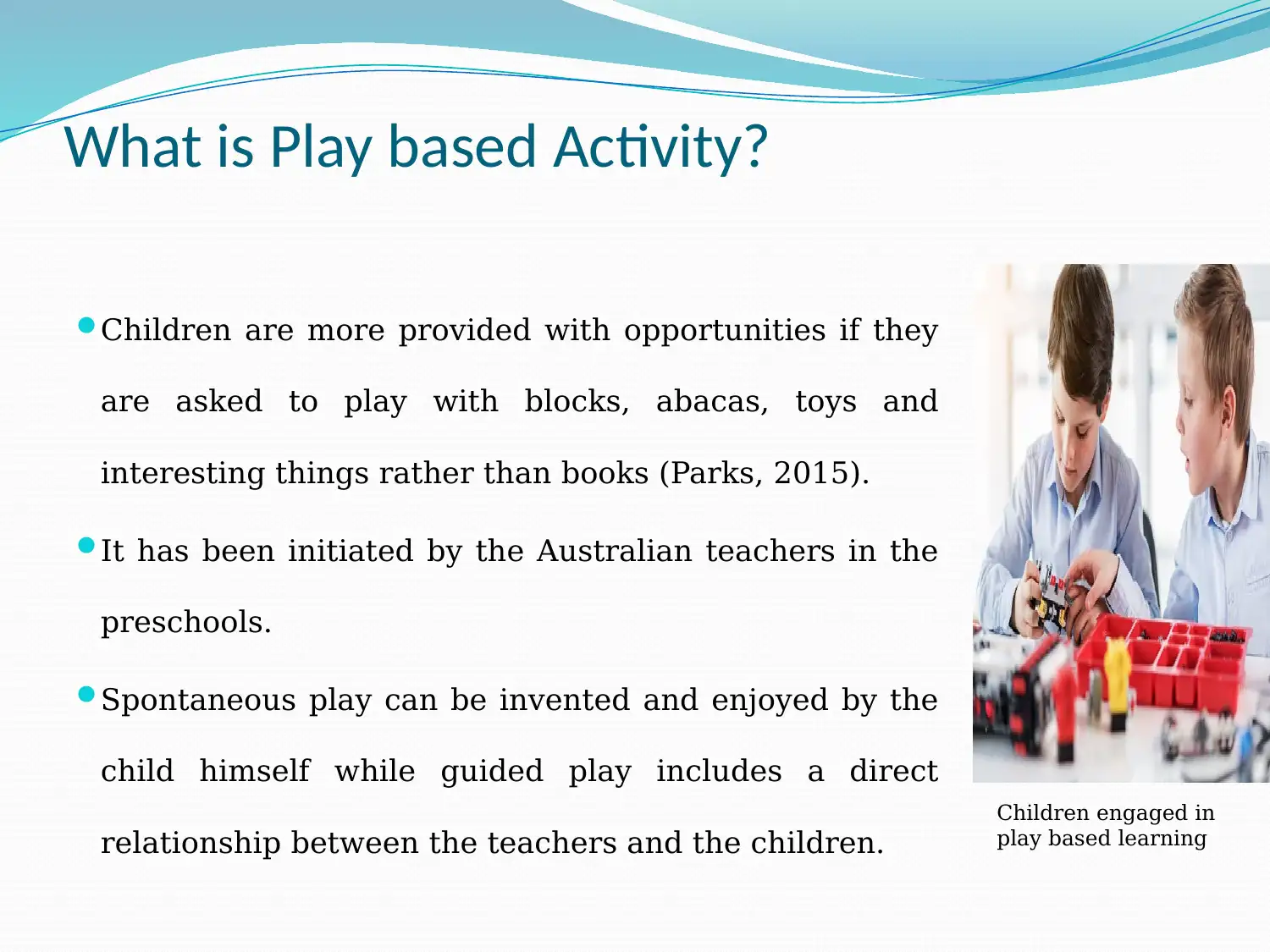
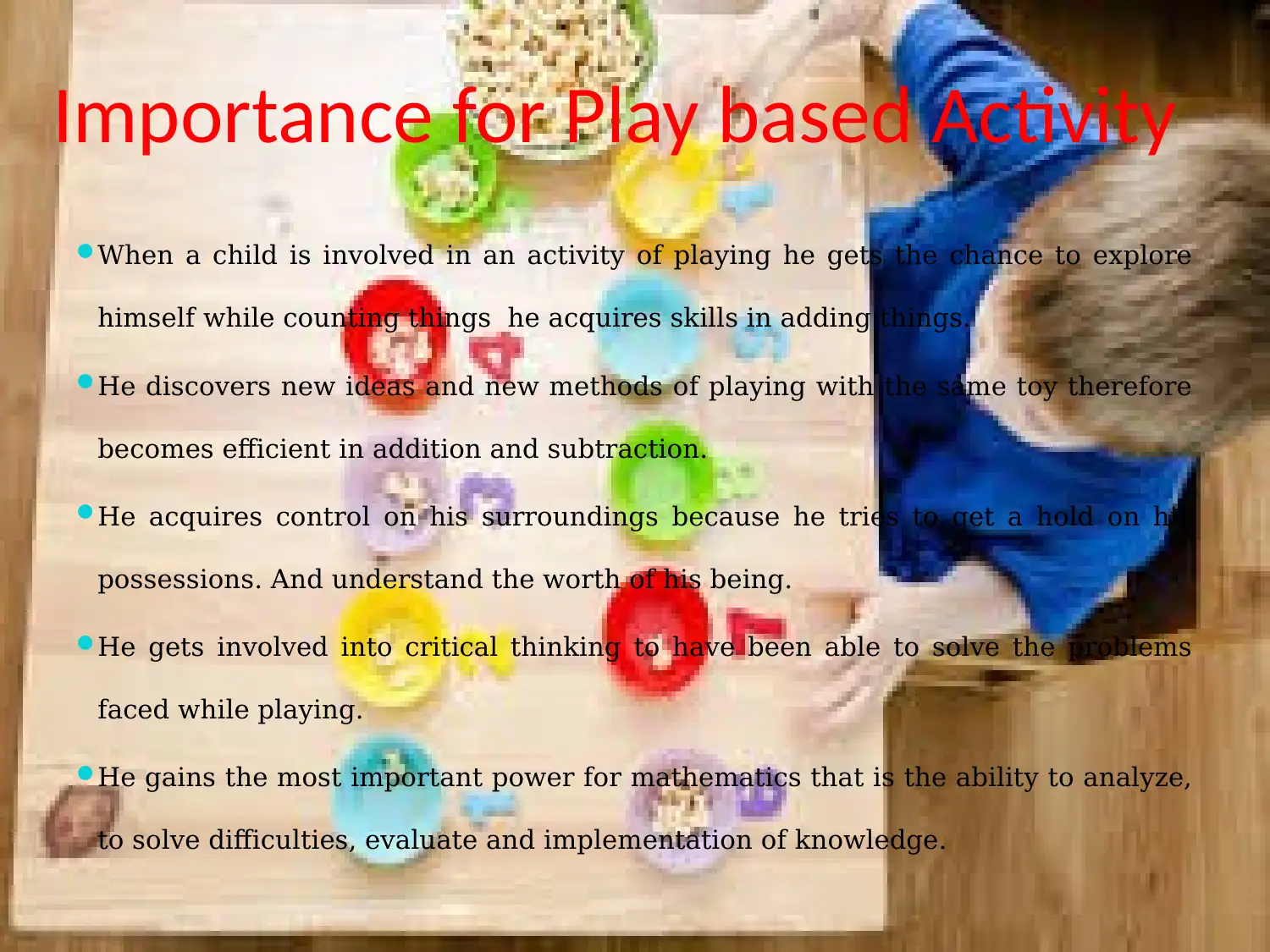
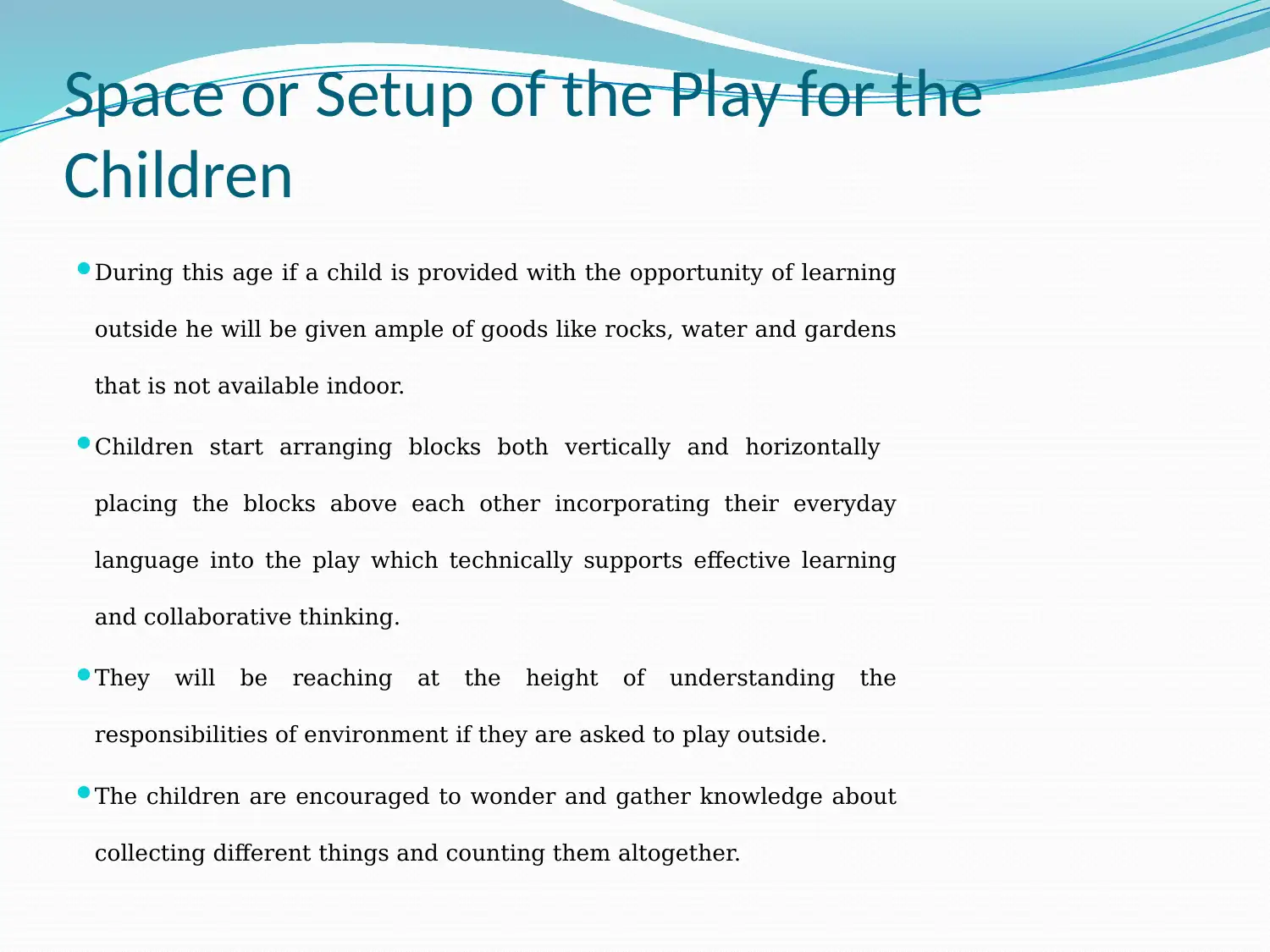
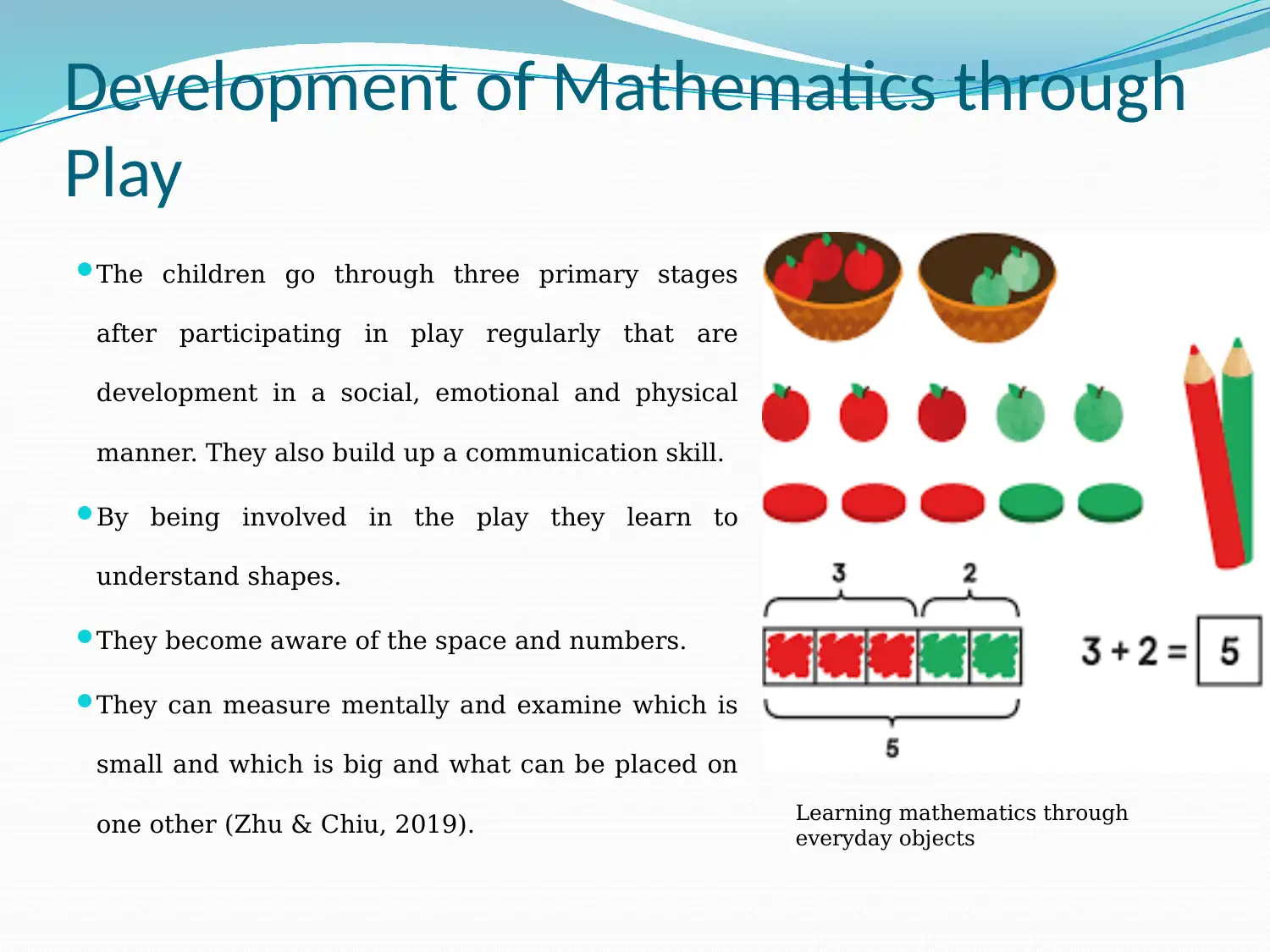
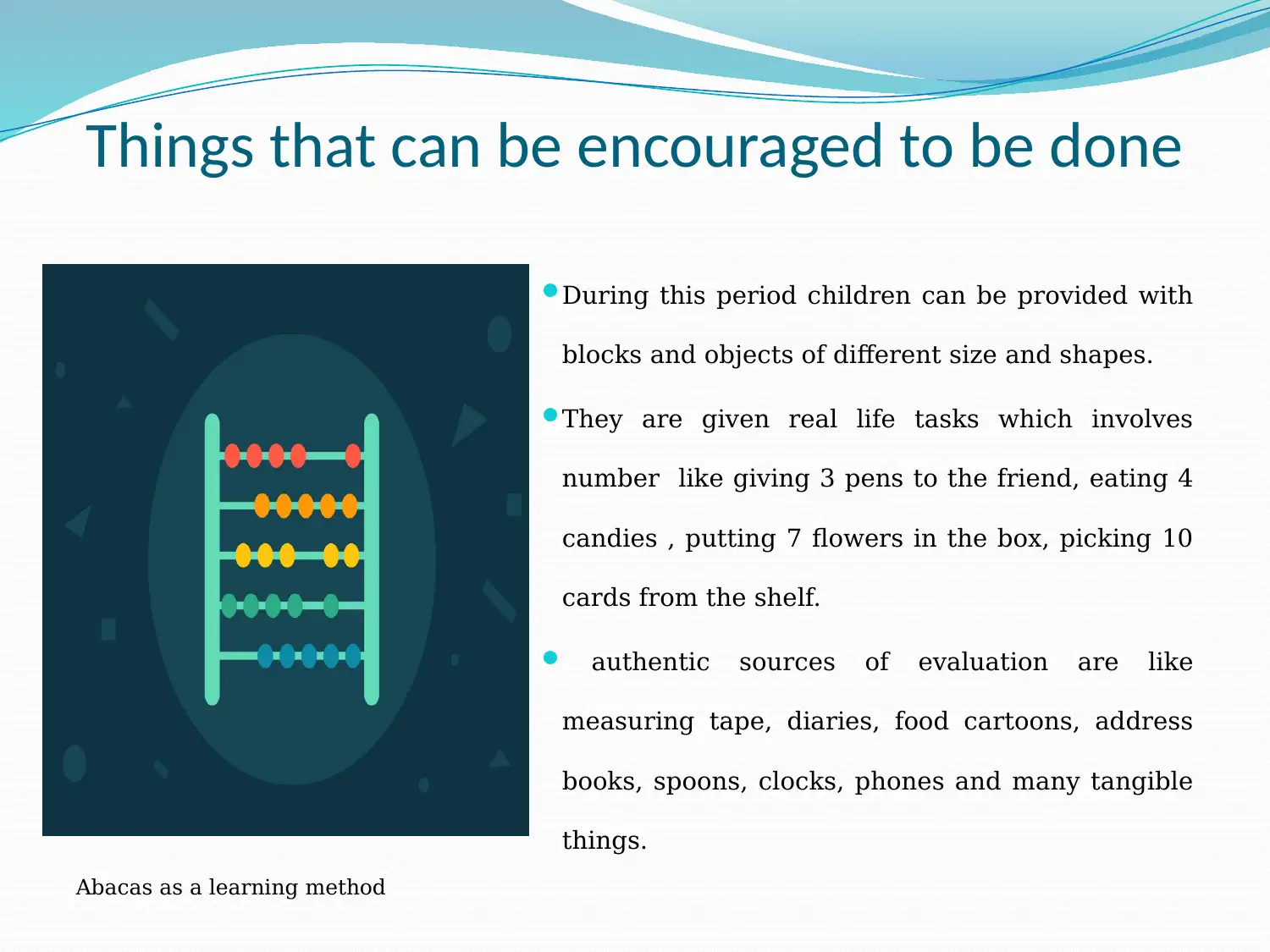
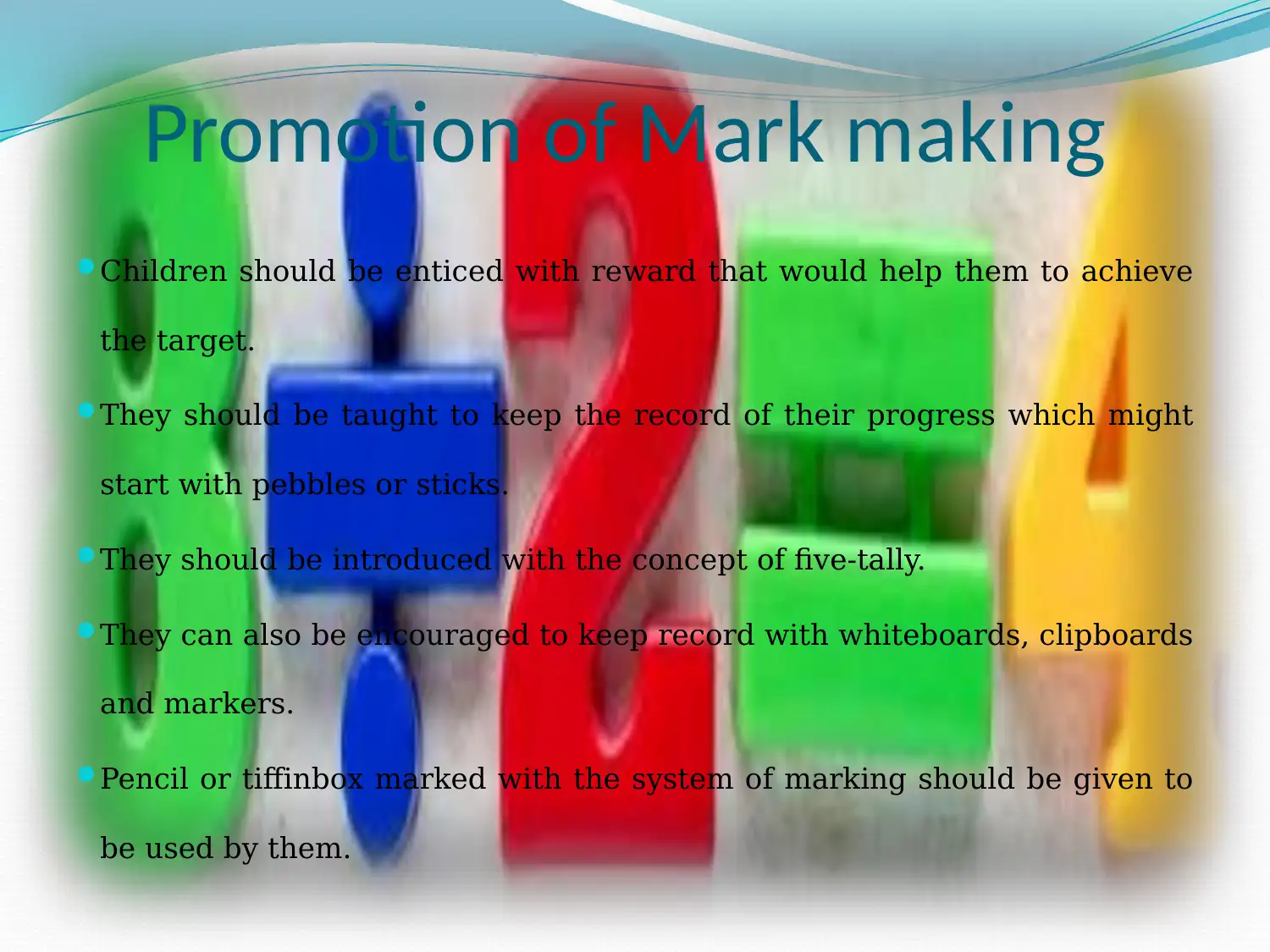
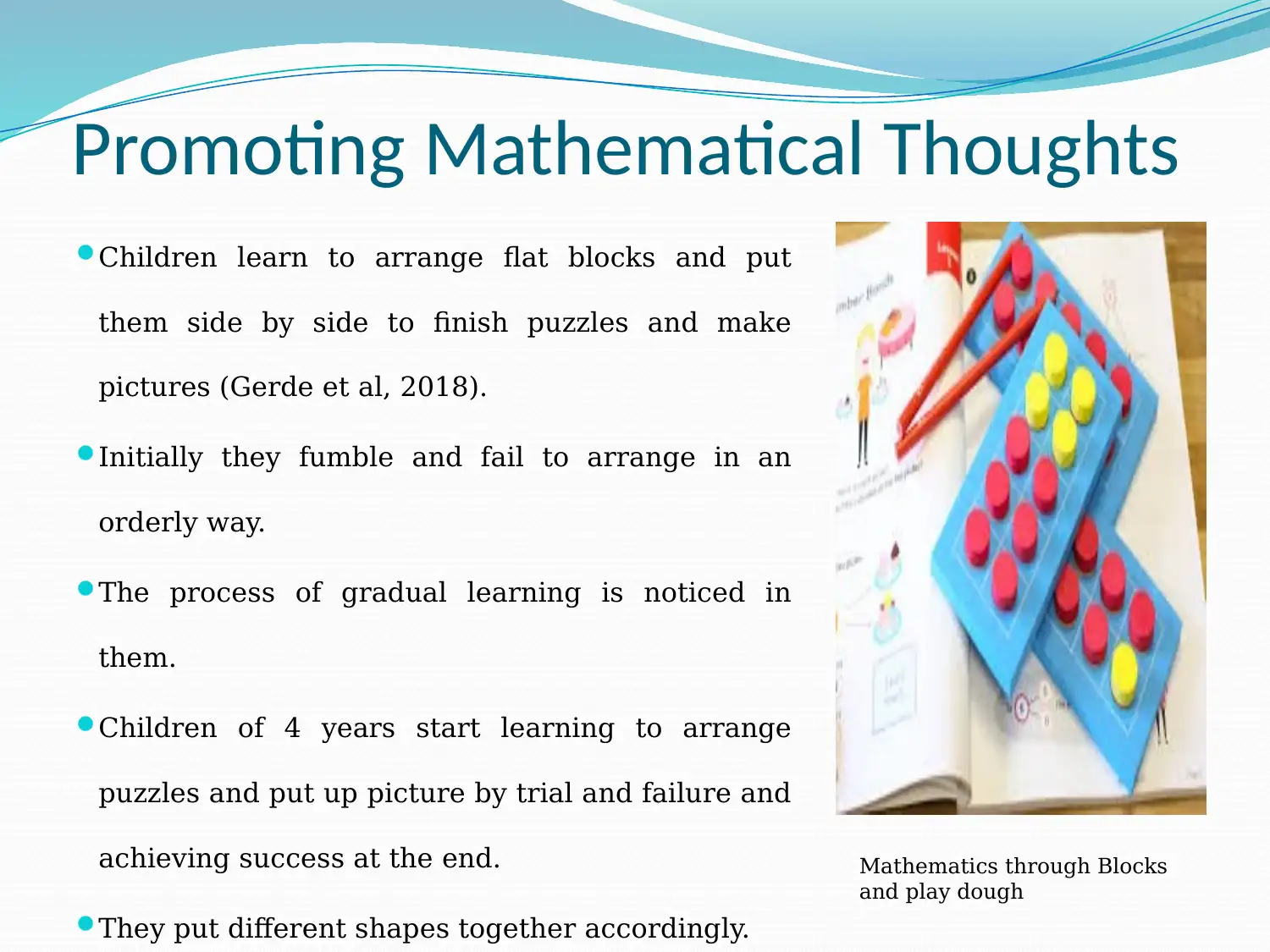
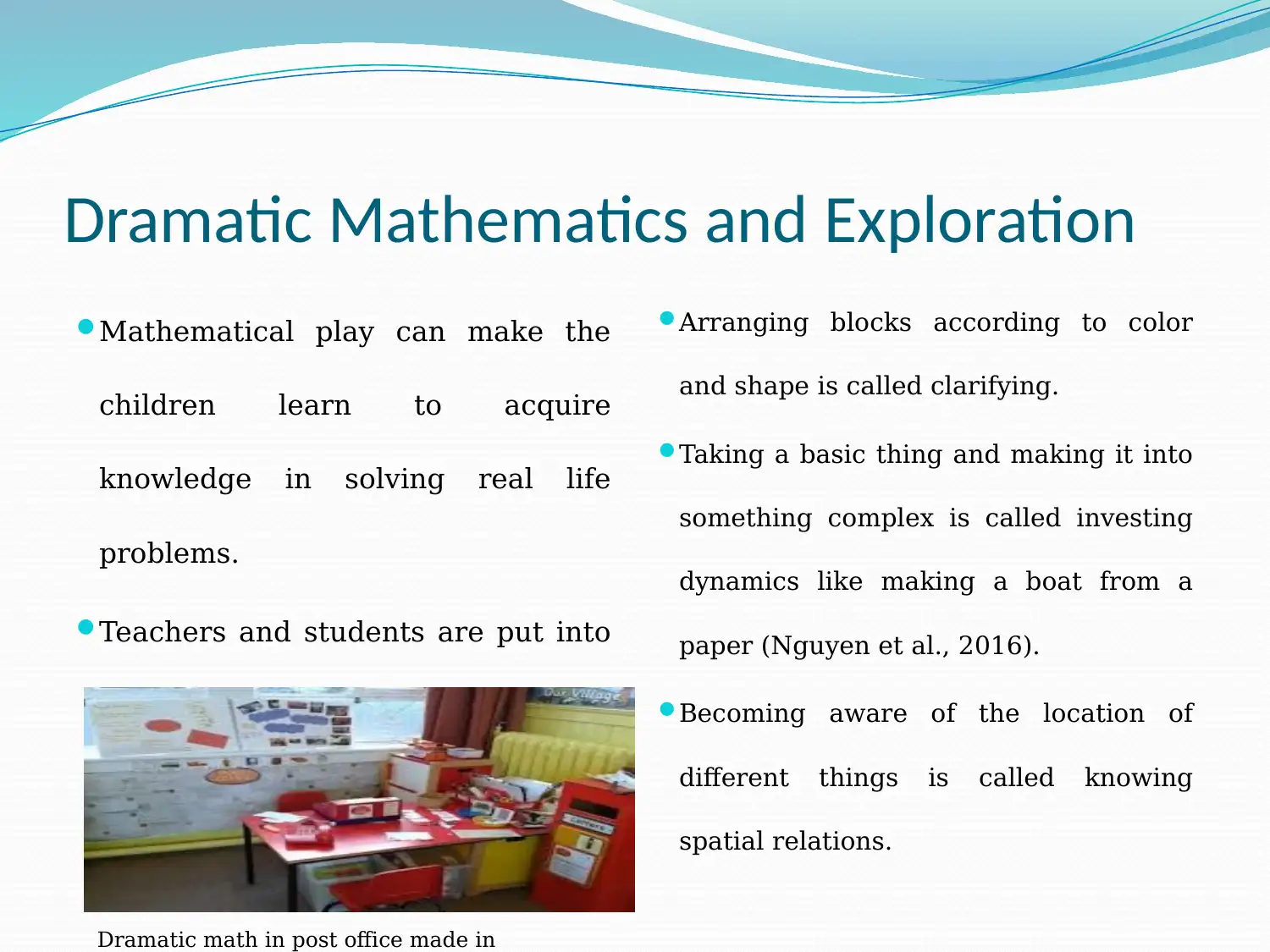
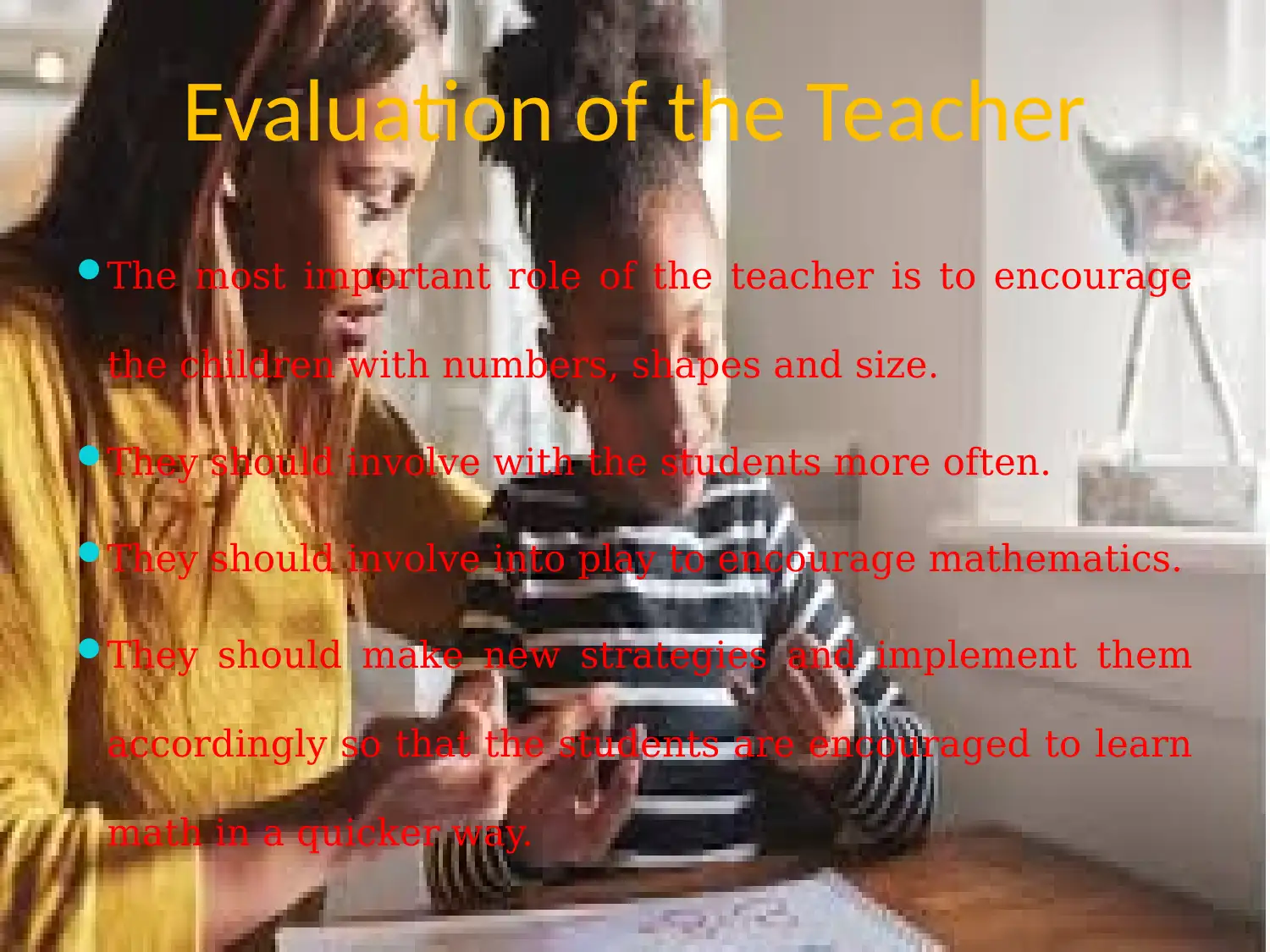






![[object Object]](/_next/static/media/star-bottom.7253800d.svg)